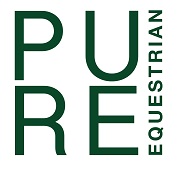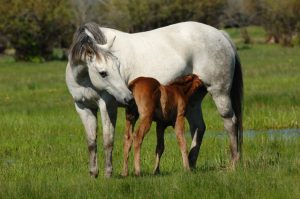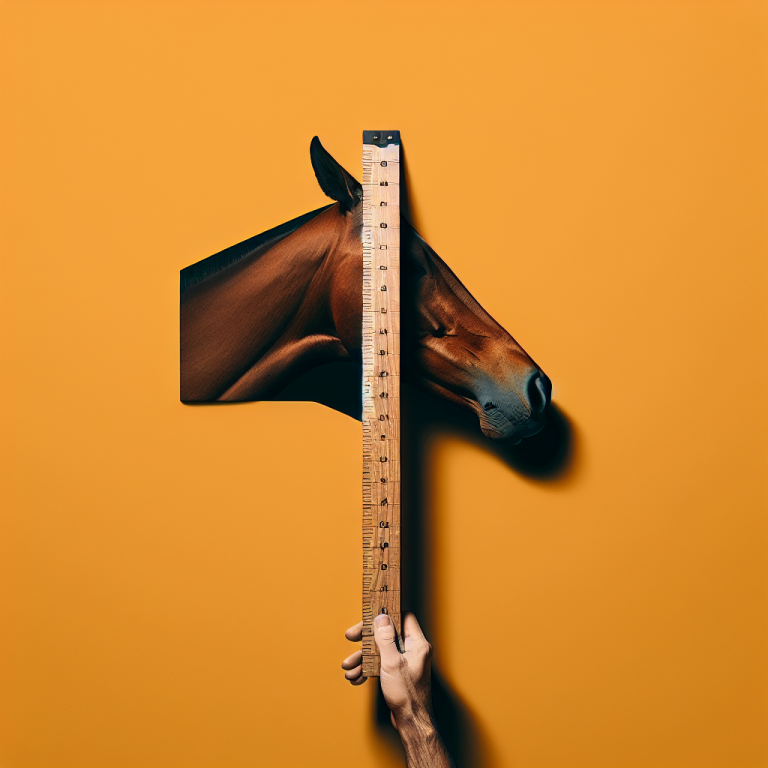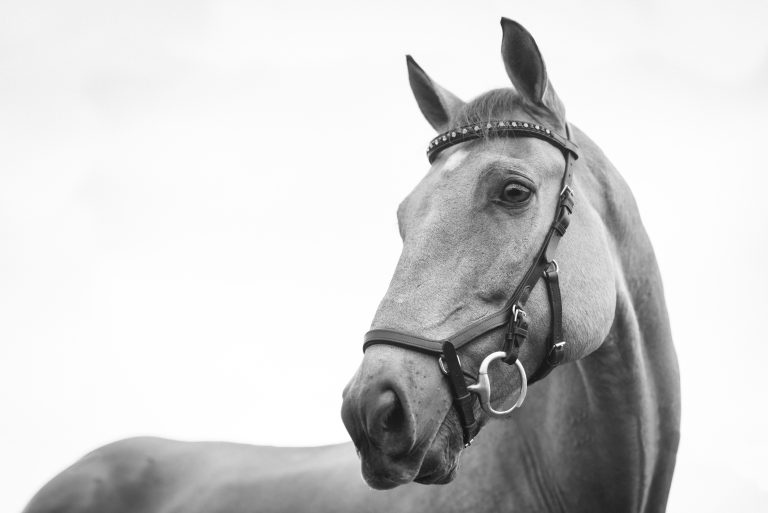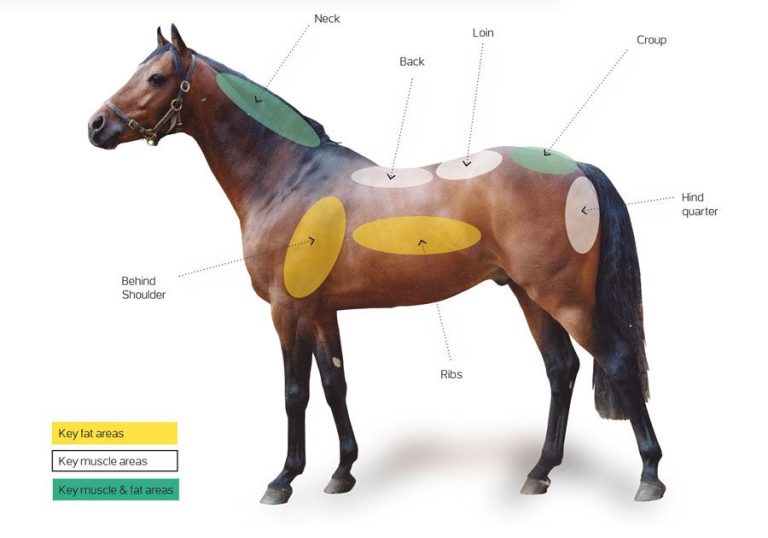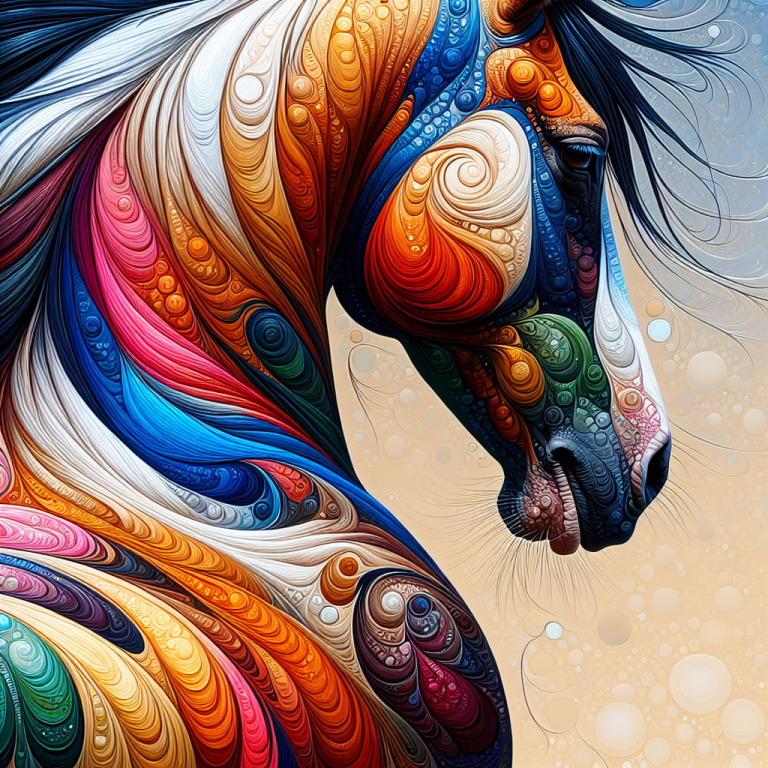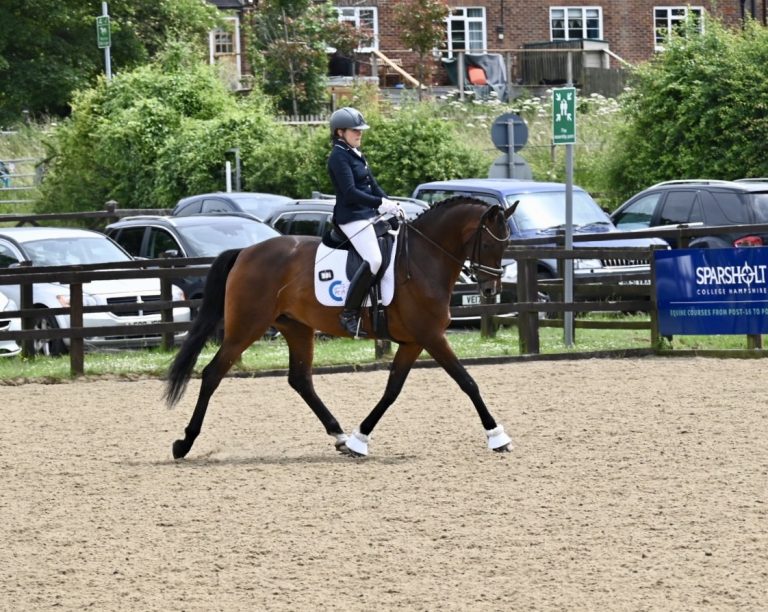Have you ever wondered about the subtle yet distinct differences between a mare and a gelding? While both terms are commonly used in the equine world, they refer to two different types of horses. A mare is a female horse, while a gelding is a castrated male horse. In this article, we will explore the various characteristics and behaviours that set these two equine genders apart. So, whether you are a horse enthusiast or simply curious about these magnificent creatures, read on to learn more about the intriguing differences between a mare and a gelding.
Table of Contents
ToggleDefinition and Characteristics
Mare Definition
A mare refers to a female horse that is four years old or older. Mares are an essential part of the equine world, contributing to breeding programmes and participating in various equestrian disciplines. They are known for their nurturing instincts, maternal behaviour, and hormonal fluctuations.
Gelding Definition
On the other hand, a gelding is a castrated male horse. Castration involves removing the testicles, rendering the horse incapable of reproduction. Geldings are widely preferred for their calm and steady temperament, which makes them suitable for a wide range of riders, from beginners to experienced equestrians.
Characteristics of Mares
Mares typically exhibit distinct characteristics that set them apart from geldings. They may possess a more sensitive nature and can be more prone to mood swings due to their hormonal cycles, which often become more noticeable during their estrus, or “heat,” periods. This can impact their behaviour and performance, especially in competitive settings. Mares may also demonstrate a strong maternal instinct, showing protective behaviour towards their offspring or other horses in the herd.
Characteristics of Geldings
Geldings, as castrated horses, generally showcase a more even temperament compared to stallions or mares. Their hormonal levels are significantly reduced, resulting in a more predictable demeanour. Geldings are often described as reliable, calm, and well-suited for a variety of disciplines, including trail riding, pleasure riding, and even some competitive sports. They are frequently sought after for their consistent behaviour and reliability in challenging situations.
Reproductive Differences
Mare Reproduction
The reproductive capabilities of mares play a vital role in the horse industry. Mares experience a regular estrous cycle, commonly known as being “in heat,” which allows them to conceive and produce offspring. This cycle typically lasts around 21 days, and during this time, mares may exhibit behavioural changes and physical signs indicating receptiveness to breeding. Mares are only fertile during certain periods of their estrous cycle, making timing crucial for successful breeding.
Gelding Reproduction
Unlike mares, geldings are unable to reproduce due to their castrated state. Removing the testicles, which are responsible for producing sperm, eliminates their ability to impregnate mares. As a result, geldings do not experience the hormonal fluctuations associated with reproductive cycles, allowing for a more consistent and predictable temperament.
Behavioural Differences
Mare Behaviour
Mares often display a range of behaviours influenced by their hormonal cycles. During estrus, they may become more vocal, restless, and exhibit heightened interest in mating. This period can also affect their focus during training sessions or competitions. However, with proper management and understanding, these hormonal variations can be successfully navigated, allowing mares to excel in various equestrian pursuits.
Gelding Behaviour
Geldings, being castrated, tend to exhibit a more steady and predictable temperament compared to mares or stallions. They are typically less distracted or influenced by reproductive instincts, allowing for enhanced focus during training sessions or competitions. The absence of hormonal fluctuations often contributes to their reputation for being easy-going and reliable.
Physical Differences
Sexual Organs
Mares possess a reproductive system designed for carrying and birthing foals. Their reproductive anatomy includes a vagina, cervix, uterus, and two ovaries, which produce eggs (ovum). Conversely, geldings lack these reproductive organs, as they undergo castration, removing the testicles responsible for sperm production.
Body Shape and Size
In terms of body shape and size, mares may vary greatly, just like geldings. However, there are no significant physical differences solely based on gender. Factors such as breed, genetics, nutrition, and exercise greatly contribute to an individual horse’s body shape and size.
Secondary Sexual Characteristics
When it comes to secondary sexual characteristics, mares and geldings may display subtle differences. Mares tend to have more rounded hips and a more feminine appearance, particularly when they are in breeding condition. Geldings, on the other hand, often possess a more muscular physique, reflecting their castrated state and increased testosterone levels compared to mares.
Male Horse vs Female Horse
Overview
Male horses, or stallions, possess intact reproductive organs and are capable of breeding. On the other hand, geldings, as mentioned earlier, are castrated male horses. Mares, the female gender, contribute to breeding programmes and can also partake in various equestrian activities. Each gender brings its own set of advantages and considerations.
Purpose and Usage
Mares and geldings have their own strengths and purposes within the horse industry. Mares can play a significant role in breeding programmes and are often sought after for their motherly instincts and potential superior genetic qualities. Geldings, however, are widely sought after as versatile riding horses. Their consistent temperament and predictable behaviour make them suitable for a wide range of riders, disciplines, and purposes, including recreational riding, competitive sports, and therapeutic riding programmes.
Training and Handling
In terms of training and handling, both mares and geldings can excel with appropriate training methods and individualised approaches. However, due to hormonal fluctuations, mares may require additional sensitivity and understanding during certain phases of their estrous cycles. Geldings, being castrated, generally exhibit a more even temperament, making them somewhat easier to handle and train consistently.
Health Considerations
Mares and geldings have their own specific health considerations. Mares require proper reproductive health management, including regular veterinary care, monitoring their cycles, and addressing any reproductive issues that may arise. Geldings, while generally less susceptible to reproductive-related conditions, still require routine health care, including dental check-ups, vaccinations, deworming, and regular exercise to maintain their overall well-being.
Training and Performance
Mare Training
Training mares involves understanding and accommodating their hormonal fluctuations, particularly during their estrous cycles. It is essential to tailor training sessions based on their levels of focus and responsiveness, which may vary throughout the cycle. Consistency, patience, and a balanced approach are key to effectively training mares and ensuring their training progresses smoothly.
Gelding Training
Geldings, given their castrated state, often exhibit a more consistent and predictable temperament compared to mares. Consequently, training geldings tends to be more straightforward, focusing on developing their physical abilities, obedience, and responsiveness to cues. Their reliable nature allows trainers to build upon their skills and progress training more efficiently.
Performance Differences
While both mares and geldings can excel in various equestrian disciplines, there may be slight performance differences due to their respective characteristics. Mares’ hormonal fluctuations may impact their focus and performance, particularly during estrus periods, which could affect their overall performance consistency. Geldings, renowned for their calm and reliable temperament, often offer more consistent performance across different environments and competitions.
Horse Terminology Explained
Definition of Mare
As previously mentioned, a mare refers to a female horse that is four years old or older. Mares are a fundamental part of the horse population, contributing to breeding programmes, competition, and recreational riding. Their nurturing maternal instincts and reproductive capabilities make them an important pillar in the equine community.
Definition of Gelding
Geldings are male horses that have undergone castration, a surgical procedure through which their testicles are removed. The castration process eliminates their reproductive capabilities and results in decreased hormone levels, leading to a more predictable and reliable temperament. Geldings are highly valued for their calm and steady nature, making them preferred mounts for various equestrian activities.
Other Related Horse Terms
Within the equine world, other terms are used to describe specific characteristics or aspects of horses. Stallion refers to a mature, intact male horse, capable of breeding. Foals are young horses, usually less than a year old. Colts and fillies are terms used to describe young male and female horses, respectively, generally under four years old. These terminologies help identify and distinguish different stages of horse development and reproductive statuses.
Mating and Breeding
Mare in Breeding
Mares play a crucial role in horse breeding programmes. During breeding, mares undergo estrus cycles, wherein they become receptive to mating. This is typically signaled by changes in behaviour, such as increased vocalization, restlessness, and physical signs. Mares are usually paired with stallions for natural breeding, or artificial insemination may be utilised to impregnate them.
Gelding in Breeding
Geldings are not directly involved in the breeding process due to their castrated state. Their testicles are removed during castration, resulting in the permanent loss of fertility. However, geldings can still play supportive roles in breeding programmes by assisting with handling, training, or companion duties for mares or stallions.
Roles and Process
The breeding process typically involves introducing a receptive mare to a stallion, allowing natural mating to occur. Alternatively, artificial insemination techniques may be employed, where semen is collected from a stallion and then manually introduced into the mare’s reproductive system. The process requires careful management, including tracking the mare’s estrous cycle, selecting suitable stallions, and ensuring optimal conditions for successful mating.
Breeding Tips
When considering breeding, it is crucial to consult with experienced professionals, such as veterinarians or equine reproduction specialists. They can provide guidance on suitable pairings, timing, and overall breeding management. Pre-breeding health evaluations, including checking for any reproductive issues or diseases, are essential to maximise the chances of a successful pregnancy and a healthy foal. Proper nutrition and monitoring throughout the pregnancy are also vital to ensure the mare’s well-being and the development of a healthy foal.
Mare and Gelding Care
Feeding and Nutrition
Both mares and geldings require balanced diets to maintain optimal health. A nutritionally sound diet should consist of high-quality forage, such as grass or hay, supplemented with appropriate concentrates, minerals, and vitamins. Individual horses may have varying dietary needs based on factors such as age, activity level, and overall health. Consultation with an equine nutritionist or veterinarian can help determine specific feeding requirements for mares and geldings.
Healthcare Considerations
Regular veterinary care is essential for ensuring the well-being of mares and geldings. This includes routine vaccinations, deworming, dental check-ups, and hoof care. Mares require additional reproductive health management, including regular monitoring of their cycles, estrous synchronization if breeding is planned, and attention to any reproductive issues that may arise. Geldings, while generally easier to manage in terms of reproductive health, still require routine veterinary care for overall health maintenance.
Mare-Specific Care
Mares may require additional care during their gestation period. Prenatal care involves regular veterinary examinations, including ultrasound and hormone monitoring, to ensure the developing foal’s health and the mare’s well-being. Additional nutritional considerations may also be necessary during pregnancy and lactation to support the mare’s increased requirements.
Gelding-Specific Care
Geldings generally require similar care to that of mares, with the exception of reproductive health management. However, it is essential to monitor and maintain their overall health and address any specific health concerns that may arise, such as cryptorchidism (undescended testicles) or urinary tract issues.
Choosing a Horse
Factors to Consider
When choosing a horse, several factors should be taken into account to ensure a suitable match for the rider’s goals and abilities. Some considerations include the rider’s experience level, intended purpose (e.g., recreational riding, competition, breeding), temperament preferences, and individual horse characteristics such as age, training level, and conformation. It is crucial to assess these factors holistically to make an informed decision.
Preferences and Goals
Understanding personal preferences and goals is essential in selecting the right horse. Some riders may value the nurturing nature and potential breeding capabilities of a mare, while others may prioritise a gelding’s calm temperament and versatility. Individual goals, such as recreational trail riding, jumping, or dressage, may influence the suitability of a particular horse based on the horse’s temperament, conformation, and training background.
Suitability for Different Riders
Mares and geldings can both be suitable for various riders, depending on the rider’s skill level, experience, and goals. Mares are often admired for their sensitivity and willingness to bond with their rider, making them suitable for riders who appreciate a deeper connection. Geldings, renowned for their reliability and steady demeanour, are often sought after by beginners or riders seeking a horse with a predictable temperament. However, it is essential to evaluate each horse individually and assess how well their characteristics align with the rider’s specific needs and aspirations.
In conclusion, mares and geldings have distinct characteristics, both in terms of their reproductive differences and behavioural traits. Mares offer genetic contributions and possess unique maternal instincts, while geldings provide a reliable and consistent temperament that suits a wide range of riders. Understanding and appreciating the differences between the two genders is crucial in choosing the right horse and managing their care effectively.
